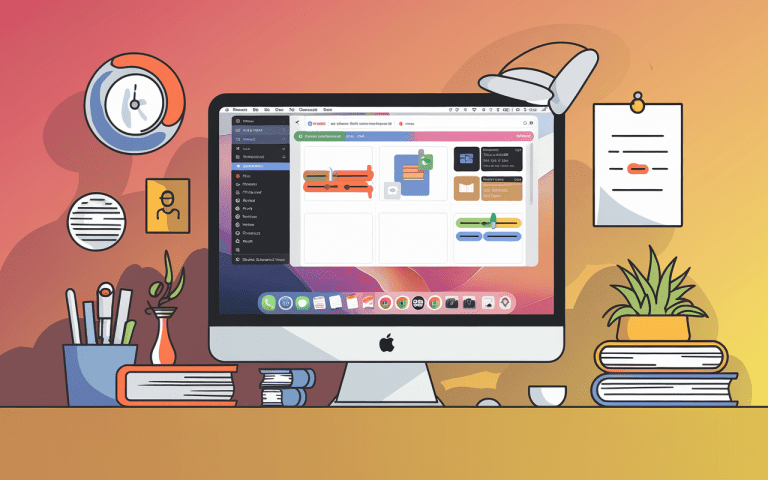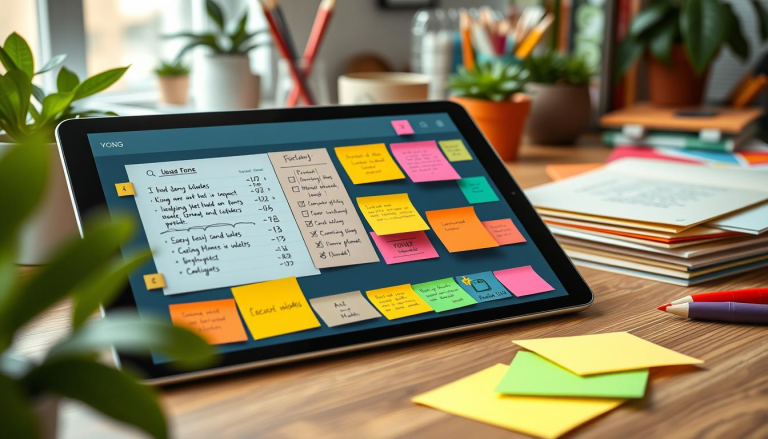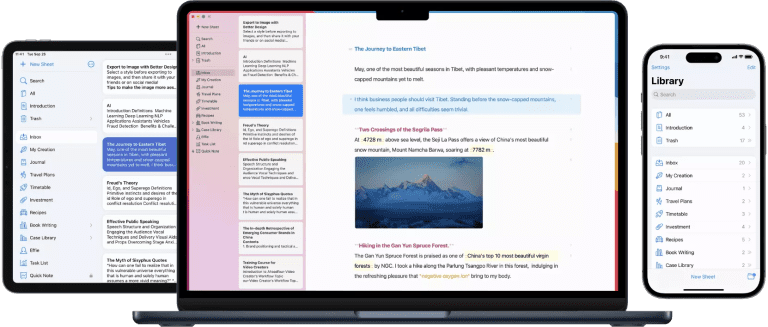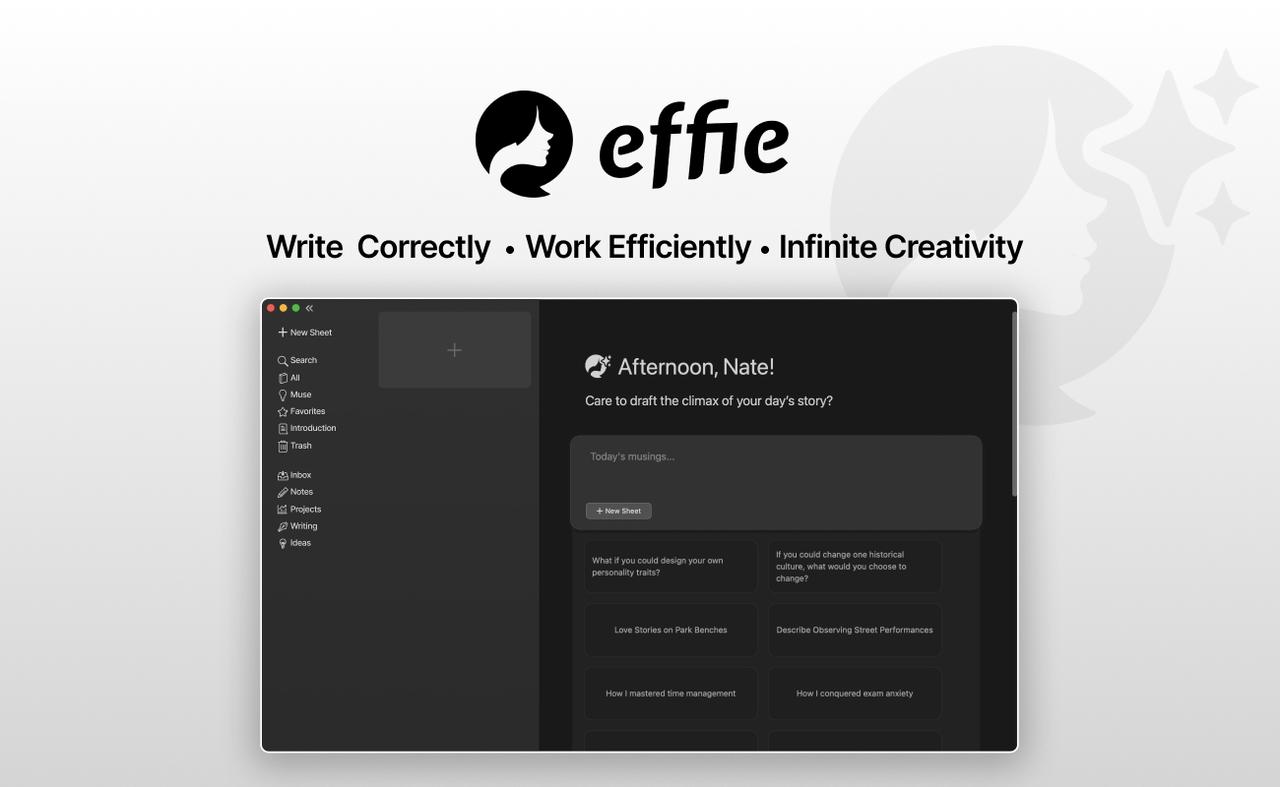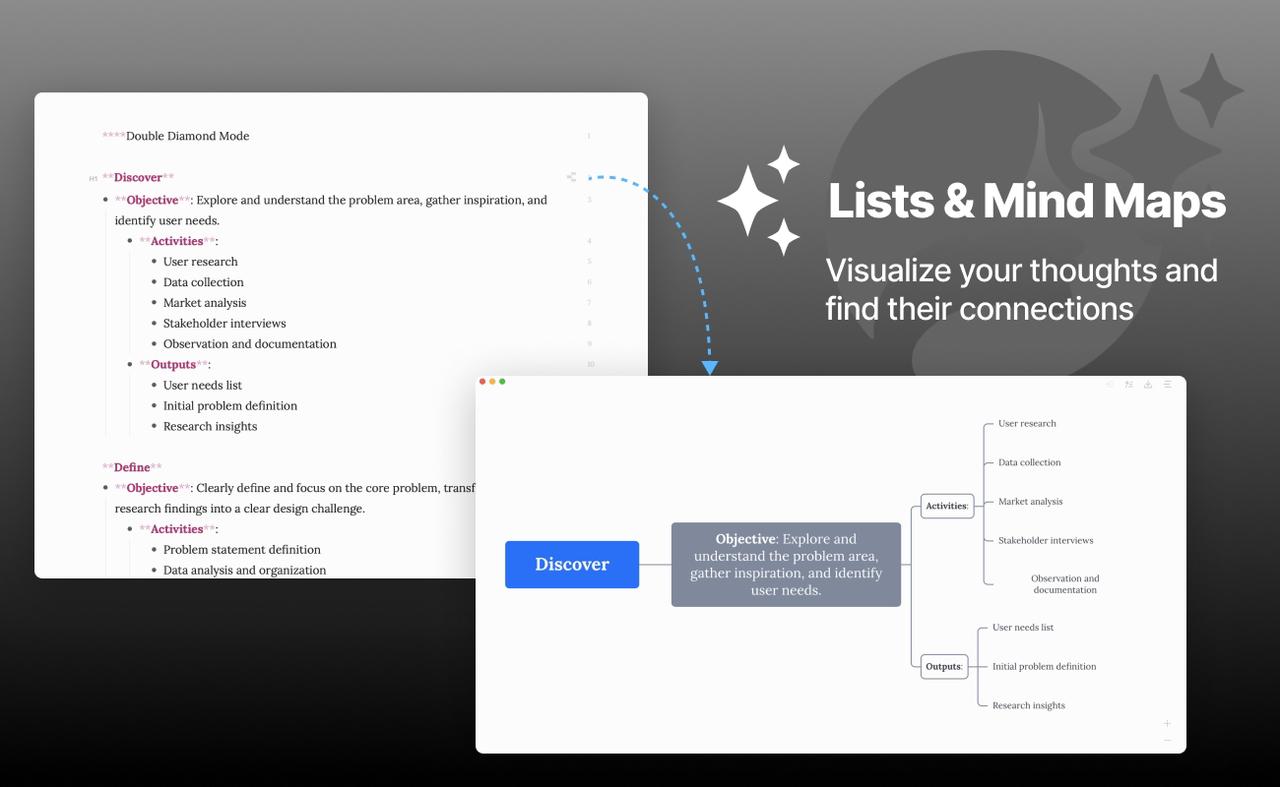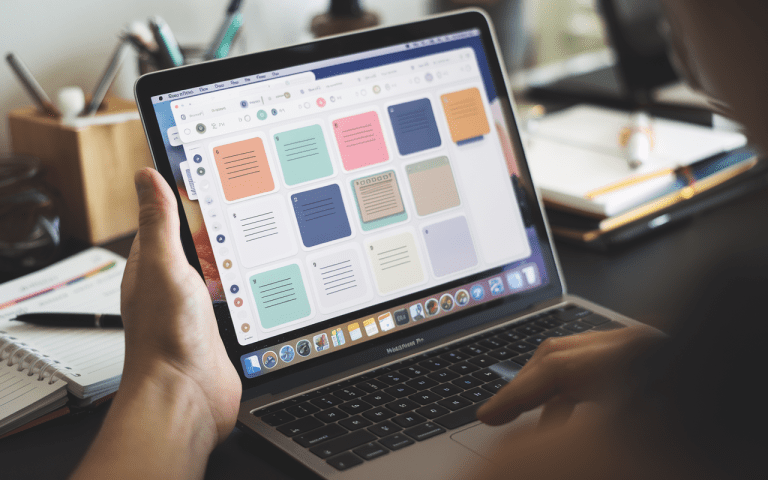How to Reshape Your Bad Habits into Good Ones?
If you play the violin, you must know how critical it is to hold a bow appropriately. A relaxed bow-holding helps to reduce muscle tension, create desired tones, and achieve expected performance.

Nevertheless, learning as a kid when you have less control over your muscles, you’ll constantly adjust to a position (not necessarily an appropriate one) where you feel the most comfortable playing.
Having accustomed yourself to that position, it then becomes difficult or almost impossible to change as you hardly have any focus on your bow holding while playing, especially when you play a difficult piece.

What to do then?
Play something easier, such as the open strings. Hence, you can pay exclusive attention to your right hand.
But what really motivates you to finally change the way you hold a bow or any other habits you have in life depends on something else in addition to the technique, your willpower and continuous practice.
What can they be? Read on to find out for yourself.
Why do you stick to habits?
Charles Duhigg, the writer of The Power of Habits, already solved the riddle for you. He discovered a three-step loop normally occurs while you form a habit…
The cue-routine-reward habit loop.

Cue
The cure refers to anything that serves to trigger your followed-up behaviors. It can be the smell of a bakery you walk past every day, the whistling of a boiling kettle, or the bedside lamp that shines with warm light, etc.

After your brain receives these cues, you’ll almost automatically go buy some bread, pour yourself a warm drink or realize it’s time for bed.
Routine
The routine refers to the repetitive behaviors you do with or without consciousness.
For instance, you’ll fasten your seat belt every time you get into a car, you’ll kiss your kids goodbye before you leave home every day, and you’ll swipe your card to proceed through the turnstile of the subway.

Reward
Most of the time, you stick to a routine because you can receive rewards from it, whether physically or emotionally, instant or delayed.
The more instant reward you can get, the more likely you’re going to maintain doing it in the long run.

Therefore, in order to create a new loop, you need a new cue, routine and reward to form and keep a new habit. As for an existing habit, however, you just keep on doing it like how you do it in the first place.
Does a bad habit go away?
How come it’s never easy to form a new and healthy habit while too easy to fall back to an old bad one?
You might have noticed that it takes more energy to form a new habit than to continue with an existing one.
Bad habits never really go away permanently. They only get weaker or stronger when you intentionally try to make or fail to make a difference.
That’s why you’ll find yourself bouncing back to your old habits from time to time. As a result, you’ll think that it’s so hard to quit a bad habit as it keeps coming back for you.
Weak willpower isn’t the only thing to blame though. It’s more because you stop an ingrained habit without replacing it with something, from which you can also gain equivalent happiness, satisfaction, relief…
So instead of giving up a habit, it’s more practical to form a different pattern by creating new cues and rewards so that a new routine can be inserted.
How to replace bad habits with good ones?
As your brain won’t tell the difference between a bad or good habit, it then becomes an advantage that you can make use of. If there’s a cue for you to smoke, you can definitely create one for you to not smoke.
Create cues for good habits
Same as you’ll be triggered by cues to a bad habit, why not also create one for good habits so that when you see such reminders you act differently?
Change your environment
This, however, is not hard at all. You can simply achieve that by changing your surroundings to achieve that.
Say you want to make reading a regular habit in 2022, which is great, but you find it hard to start with and stick to your plan. So how to create a reading environment at home then?
Try buying more books, intentionally place them within reach, and keep them open all the time.

When you do so, you increase the chance of actually reading one when you’re drying your hair, when you’re bored, and when you don’t know what else to do.
Pair up with friends
However, if that doesn’t work for you, try pairing up with some friends who share the same habit.

“You jump, I jump.” I believe any strong tie as powerful as the one between Rose and Jack can no wonder beat any bad habit in an instant.
Although it can be hard to require your family members or your loved one to share the same goal as yours, you can always find someone else who already has such habits set in their lives.
As a result, the strong tie between the other person and you will motivate you to keep hold of the habits you intend to cultivate – you read, I’ll read more.
Habit stacking
When your brain gets used to your typical routine, it’s hard to erase it, but you can always reprogram it by adding something new.

That’s how habit stacking works, linking a new habit on top of your existing routine, i.e.: an old habit + a new habit.
For instance:
- take a shower in the morning + after jogging for 40 minutes
- take regular breaks during work + drink water
- go to sleep around 11 p.m. + after reading one chapter of a book
The main reason that this works is that it creates a chain between your original routine and a new one. As the original routine is already set in your brain, you’ll remember to do B since you habitually remember to do A.
Ultimately, you’ll get a larger stack of habits as the newly-added one will also be built in your brain, becoming a routine as natural as you brush your teeth twice a day.
Reward
When you were kids, parents compliment you based on something you did great. To some degree, you perform at your best for such a reward, and in return, the reward motivates you to achieve even better performance.
In games, the reward is an inseparable element. That’s why you can’t help playing in order to get even bigger rewards.

In a company, a reward management system is crucial to keep employees loyal to the company, upgrade their productivity, and create a thriving business culture.
So don’t forget to reward yourself as well. Once you taste the happiness of making progress, you’re more likely to keep achieving more.
Here are two simple ways to reward yourself, yet a small act makes a big difference.
1. Visualize your progress
Imagine a game without telling you how many levels you’ve upgraded and how many more await. I guess you’ll give up playing pretty soon.
When you try to visualize your progress, you don’t really need to design it as attractive as a game. Simply tick or cross out completed tasks will do the work.

The act of ticking the box or crossing out a task gives you positive feedback, emotionally. As a result, you’ll continue to keep hold of what you’re doing to extend that pleasure.
After all, there is one less thing to worry about, you can finally move on to what’s next, which is usually a level higher, a step forward or a great leap.
2. Share your progress
Instead of keeping the progress only to yourself, share it with others to celebrate together.

This will remind you of the positive feedback you gained from keeping a good habit. And the celebration is yet another unforgettable memory, which you can link to the new habit.
Another thing is that, when you tell others about the difficulty you’re experiencing at the moment, you’ll get a chance to hear their stories and how they get through.
What they share helps you to avoid making a wrong path, stand up from failure, and ultimately form the habit yourself.
By and large, you can create the right cue-routine-reward loop to replace a bad habit with a new one. Once you do, ignoring the ice cream will be just as easy and automatic as ignoring anything else.

